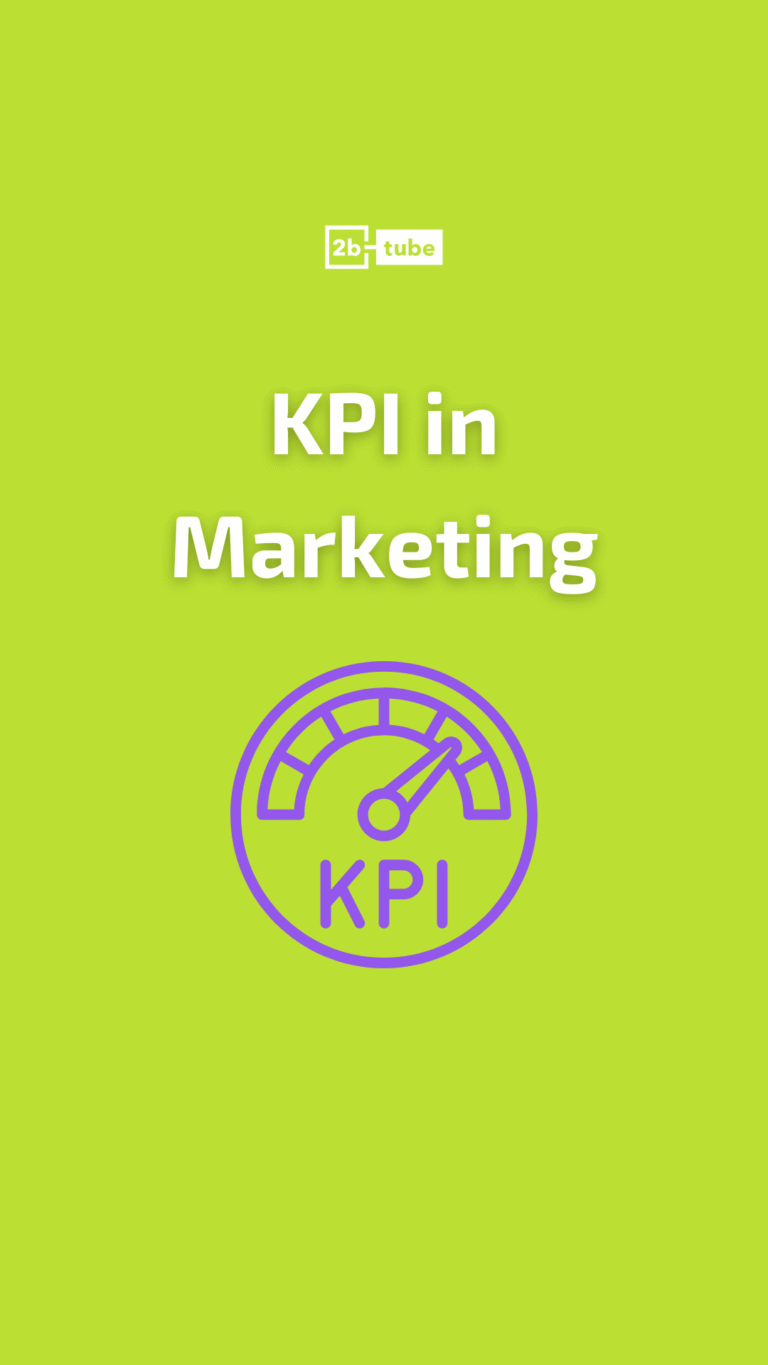In marketing, one of the most common (and dangerous) mistakes is thinking that everyone is your customer, but one of the fundamental pillars of any strategy is to be very clear about who you are targeting. This is what is known as the target and it is essential to learn how to identify it.
This will allow you to carry out a marketing plan and a strategy really focused on your target audience, in addition to optimizing the resources you invest and obtaining better results. In this article, we tell you what it consists of and how to identify it!
What is the Target?
When we talk about what the target is, we are referring to the target audience of a brand, product, or campaign. It is the group of people who are most likely to be interested in what you offer and, therefore, to whom you should focus your communication, marketing, and sales efforts.
The target is not a general definition, but a segmentation based on demographic, geographic, behavioral, and psychographic data. That is: it is not enough to know that your audience is between 25 and 35 years old, lives in Spain, and is interested in sports, you also need to know how they consume content, what values move them, what networks they use, what problems they have, and how your brand can solve them.
Understanding your target helps you make much more accurate decisions, for example, when creating LinkedIn Ads, Facebook Ads, or Instagram Ads; better designing a product; choosing the tone of your communication; the channels you have to use or even the publication times on social networks.
Regarding this last aspect, we recommend reading our article on the best times to post on TikTok.
What is the Commercial Target?
The commercial target is a more specific and actionable version of the target. While the concept of “target” can refer in a general way to the ideal audience of a brand, the commercial target has a more direct focus towards conversion.
It is the public that not only fits with your proposal, but also has a real intention to buy or possibility of hiring.
For example, if you have a software company for human resources, your target may be “HR directors in medium and large companies”, but your commercial target will be those who, in addition, have a budget, immediate need, and are actively looking for solutions like yours.
How to Identify your Company’s Target?
As we have already seen, knowing what the target is and identifying it precisely allows you to better focus the messages, optimize resources, and increase the effectiveness of your campaigns. But doing it well involves much more than intuition: it requires analysis, observation, and appropriate tools.
These are some tips you can follow to correctly identify your brand’s target:
Analyze your Current Customer Base
A good starting point is to analyze who you are targeting, either because they are your main buyer or client, or because they are part of your market niche.
To do this, it is useful to detect patterns among your most loyal customers such as age, location, purchase frequency, channel of origin, or preferred category. Often, the behavior of current users reveals more than you assume about your ideal target.
Rely on Data, not Assumptions
Avoid building your target from preconceived ideas or stereotypes. Use web analytics tools, surveys, social networks, and market studies to collect evidence and both qualitative and quantitative data.
This data will allow you to validate hypotheses and discover unexpected segments with potential.
Create Customer Profiles or Buyer Personas
Buyer personas are semi-fictional representations of your ideal customers. Giving them a name, age, profession, interests, and challenges humanizes your decisions and aligns all teams around the same profile.
The more detailed and realistic they are, the more useful they will be for designing products, content, or campaigns.
4. Observe the Behavior of your Audience
Beyond quantitative data, pay attention to how your users interact: what they are looking for, where they abandon, what content interests them. Tools such as heat maps, as well as an optimized user experience strategy, can give you very useful clues about the behavior of your users.
5. Adjust your Target Regularly
The market changes, and your customers too, so it is necessary to periodically review who your real audience is.
This will allow you to detect new opportunities, adapt your value proposition, and maintain the relevance of your communication. Understanding what the target is involves understanding that it is not defined once: it is constantly refined.
The Importance of the Target in a Global Marketing Strategy
It is no longer enough to launch a campaign and hope it works, today, marketing strategies, especially in digital environments such as performance marketing or PPC campaigns (pay per click campaign), require millimeter segmentation to be relevant and effective.
Knowing what the target is and being clear about what your commercial target is allows you to develop personalized messages, choose the appropriate formats, and distribute the content in the channels where your audience really is.
For example, if you know that your audience consumes short videos on TikTok but also reads specialized newsletters, you can create a multichannel approach that connects coherently in both spaces. If you also know their schedules, behavior, and values, you can design campaigns that reach very specific audiences.
What Happens if You Don’t Define your Target Well?
When a brand is not clear about its target, the normal thing is that it invests more than it should in ineffective channels, that its communication is generic, and that its contents go unnoticed.
Keep in mind that metrics are deceiving: you can have many views or clicks, but if they don’t come from the right audience, there is no conversion. Defining your commercial target well not only improves the efficiency of your investment, but also allows your entire team to work with a precise approach.
For example, if you carry out an influencer marketing campaign, it is convenient to know which audience you are targeting and choose a content creator with a specific niche, such as fashion influencers or cultural.
What is Targeting for?
Now that you know what the target is, it’s time to talk about the next level: targeting. This term refers to the process of identifying, segmenting, and directing a brand’s messages towards its target audience, using data and technology.
Targeting is essential, for example, in paid advertising campaigns on social networks, Google Ads, or programmatic platforms, and allows you to choose exactly who will be shown an ad based on their age, interests, online behavior, location, and many other parameters.
But targeting also applies beyond advertising, it also serves to personalize content on networks, design user experiences on the web, create relevant content in blogs or newsletters, or even adapt the format of an audiovisual production according to the viewer’s profile.
The Importance of the Target in Content Marketing
Although we usually associate targeting with traditional and digital advertising campaigns, it is also key in the content strategy. It is not the same to write an article for a purchasing manager in a company as for a young freelance entrepreneur. Nor is it the same to produce a video aimed at parents as one for university students.
The same goes for the social media strategy: knowing what time your audience connects, what type of publications they are interested in, in what tone they expect you to speak to them… it all starts with knowing your target well.
And if we talk about campaigns with influencers, the target is still key. But it is also key if you are going to do branded content, a series of videos for YouTube, a digital event, an audiovisual production, or a data-based conversion strategy. In all cases, the starting point is the same: who are we targeting?
Do You Want to Connect with your Audience?
At 2btube we help brands connect with their audiences through well-constructed, creative, and effective strategies. For us, knowing what the target is, precisely defining the commercial target, and applying intelligent targeting is not just another step: it is the basis of everything.
If you are still not clear about what your target is, contact us and we will help you discover it, define it, and activate it!




